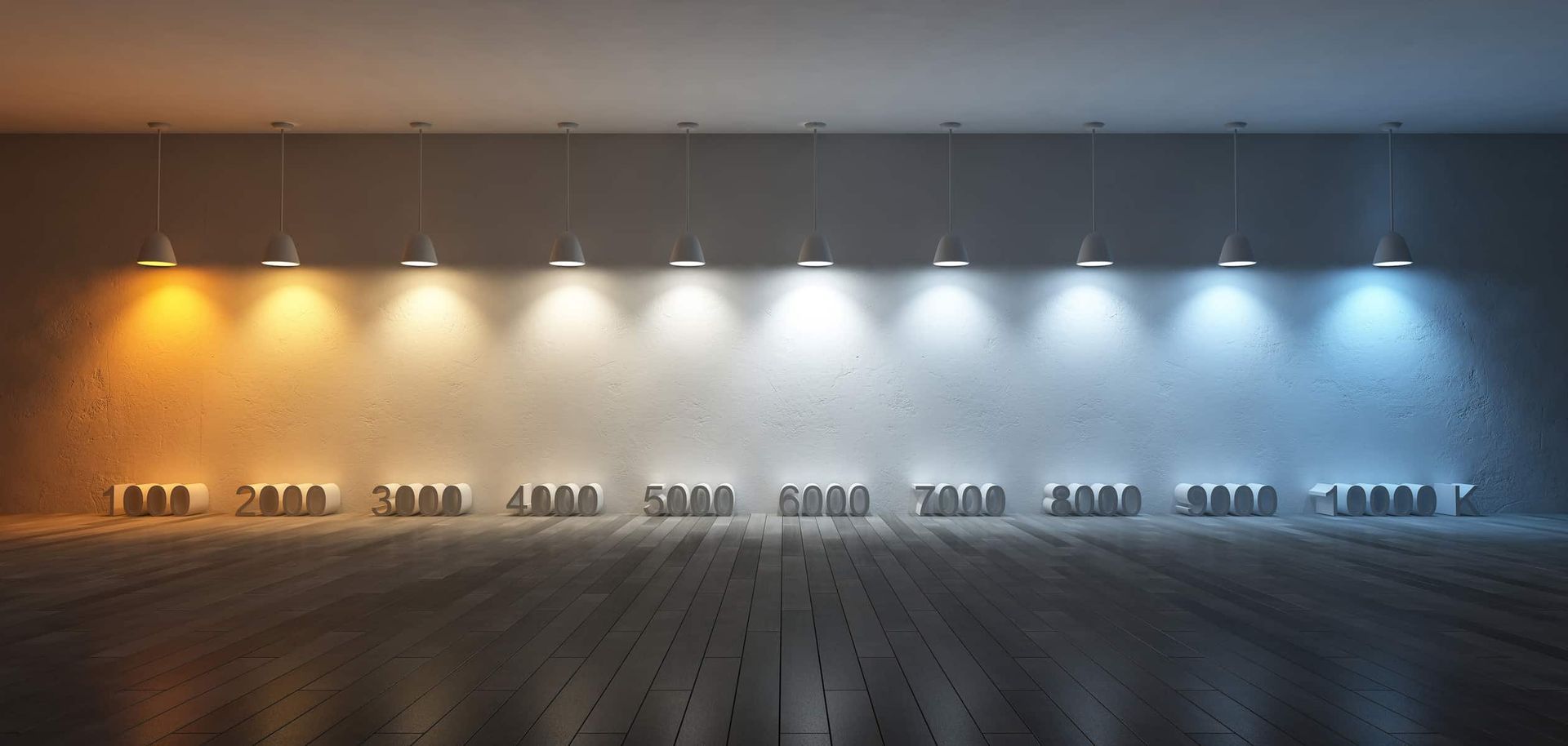
Why should i upgrade my lighting to LED ???
Upgrading to LED lighting offers a range of benefits, making it an increasingly popular choice for homes and businesses. Here are the main reasons why upgrading to LED lighting is a smart move:
1. Energy Efficiency
Lower Energy Consumption: LED bulbs use significantly less energy than traditional incandescent or halogen bulbs. They convert more electricity into light rather than heat, which means they use far less energy to produce the same amount of light.
Cost Savings: Because LEDs are so efficient, they can reduce your electricity bills. The energy savings over time can be substantial, especially in areas where lights are on for extended periods.
2. Longer Lifespan
Last Longer: LED lights have a much longer lifespan compared to incandescent, halogen, or even compact fluorescent bulbs. While traditional bulbs may last a few thousand hours, LEDs can last 25,000 to 50,000 hours or more, depending on the quality and type. This means fewer replacements and less hassle.
Reduced Maintenance: For businesses, commercial spaces, or hard-to-reach areas, the longevity of LEDs means reduced maintenance costs and fewer disruptions for bulb replacement.
3. Environmental Benefits
Lower Carbon Footprint: Due to their energy efficiency and longer lifespan, LEDs have a lower overall environmental impact. Less energy consumption means fewer carbon emissions, making LEDs a more sustainable choice.
No Toxic Elements: Unlike some other types of lighting, such as CFLs (compact fluorescent lamps), LEDs do not contain toxic materials like mercury, making them safer to handle and dispose of.
4. Better Lighting Quality
Instant Light: LEDs reach full brightness instantly when switched on, unlike fluorescent lights that may take time to warm up. Variety of Colors and Temperature Options: LEDs come in a wide range of color temperatures, from warm white (similar to incandescent lighting) to cool white (ideal for task lighting or modern environments). This gives you more flexibility in choosing the right lighting for different spaces.
Improved Light Direction: LEDs emit light in a specific direction, which makes them more efficient for spot lighting or task lighting. Traditional bulbs often emit light in all directions, wasting energy and requiring reflectors or diffusers.
5. Lower Heat Emission
Cooler Environment: Unlike incandescent bulbs, which emit a lot of heat, LEDs produce very little heat. This can help keep rooms cooler, particularly in hot climates or during the summer months, reducing the need for air conditioning.
Improved Comfort: With lower heat output, LEDs are more comfortable for areas like kitchens, offices, and living spaces.
6. Safety
Reduced Fire Risk: Because LEDs emit less heat, there’s a significantly lower risk of fire compared to incandescent bulbs, which can overheat if left on for extended periods.
Durable and Robust: LED bulbs are solid-state lighting, meaning they don’t have filaments or glass components that can break, making them less fragile and safer to handle, especially in high-traffic areas.
7. Dimmability and Smart Features
Dimmable Options: Many LED bulbs are dimmable, allowing you to adjust the brightness of a room to suit different needs or moods.
Smart Lighting: LEDs are often compatible with smart home systems, allowing you to control your lights remotely, schedule them, or change their color via your smartphone or voice commands. This can improve both convenience and energy efficiency.
9. Minimal UV Emission
Safer for Sensitive Materials: LED lights produce very little UV radiation, making them safer for items like artwork, fabrics, or wooden furniture, which can fade or deteriorate under prolonged exposure to UV light.
10. Better for the Eyes
No Flicker or Glare: LEDs provide a more consistent, stable light with minimal flicker, which can be less straining on the eyes compared to some older lighting technologies. This is especially important in spaces where people spend a lot of time, like offices, living rooms, or kitchens.
11. Better for the Grid
Reduced Demand on Power Grid: Since LEDs consume less power, they can help reduce the strain on the electrical grid, contributing to a more reliable energy supply.
Conclusion:
Upgrading to LED lighting is a smart choice for anyone looking to reduce energy costs, lower their environmental impact, and improve the quality of light in their home or workplace. The combination of energy savings, long lifespan, safety, and versatility makes LEDs a worthwhile investment.
